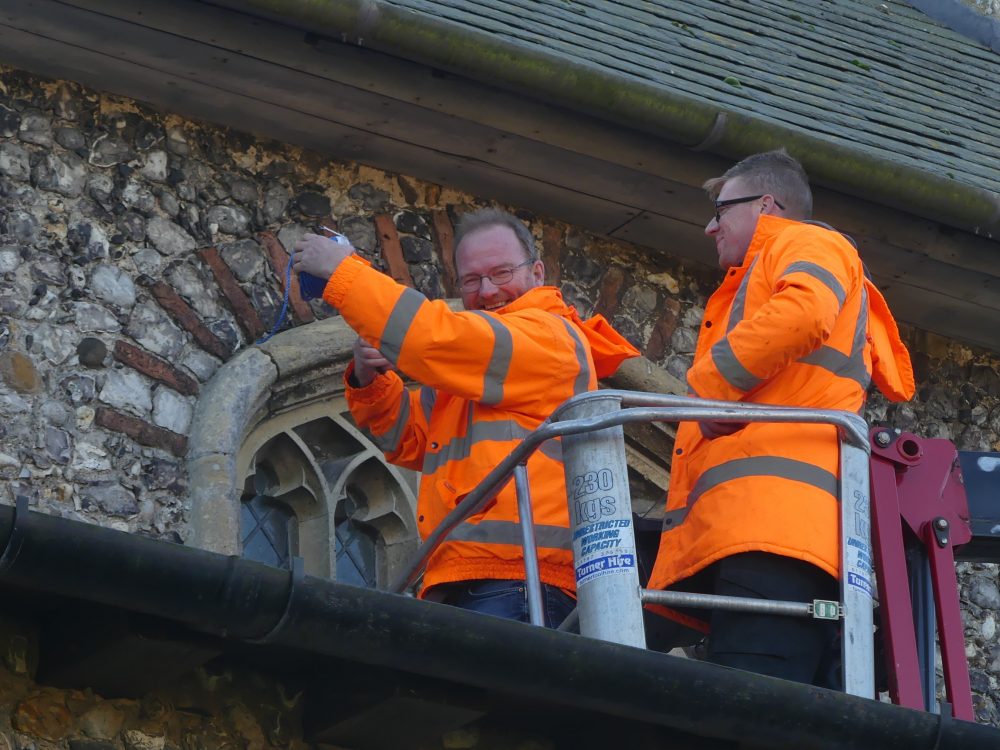Advice For Professionals, Ecologists & Architects
 Working with churches that have bats can seem a very long and complicated process. It involves obtaining the required bat licence, faculty and other permissions and often managing works to be complete at a specific time of year.
Working with churches that have bats can seem a very long and complicated process. It involves obtaining the required bat licence, faculty and other permissions and often managing works to be complete at a specific time of year.
However the presence of bats rarely stops or prevents work completely and may not delay it at all, as long as they have been considered early enough in the planning process.
Mitigation work in our project churches has always been most successful when the church, architect, ecologist and DAC have worked together closely from the very early planning stages of each project, sharing their expertise and understanding at each step.
This section provides brief advice on faculty and bat licensing. You can find more detailed information about specific mitigation on our Case Studies, Reports & Resources page
As part of the Bats In Churches Project we carried out a comprehensive volunteer led survey of over 750 churches across England. The full results will be published soon but we have found that around 60% of all churches have evidence of bats in the interior, and for Medieval churches in the East of England this figure can be as high as 95%.
We would suggest that it is safer to assume that a church has bats, and contact the National Bat Helpline for advice before planning works or repairs.
The Diocese should hold the records of all the churches surveyed as part of our NBiCs survey and should have information on other bat surveys submitted for faculty etc.
You can also consult the Church Heritage Record to see if there are record of bats either through a church survey or from the National Biodiversity Network Atlas. Please note, a church that has no recorded evidence noted may simply not have had a survey, this may not be a conclusive record that there are no bats.
There is some simple guidance on recognising signs of bats, and bat droppings in our RECORDING YOUR CHURCH BATS booklet, which also has advice on free or low cost, simple surveys that churches can carry out themselves.
All bat species, their breeding sites and resting places are fully protected by law - they’re European protected species. You’re breaking the law if you do certain things including:
- deliberately capture, injure or kill bats
- damage or destroy a breeding or resting place
- obstruct access to their resting or sheltering places - this includes making changes to a roost site while bats are absent
- intentionally or recklessly disturb a bat while it’s in a structure or place of shelter or protection
If you’re found guilty of any offences you could be sent to prison for up to 6 months and you could get an unlimited fine
However, it possible to carry out works and repairs on churches with bats by getting
- permission to carry out the work at a time and in away that will not disturb the bats or their roosts
- a licence from Natural England. The type of licence will depend on the work you're planning, the time of year and the number and species of bats.
In some cases you may simply need a method statement and a confirmation letter from Natural England allowing you to carry out works at a certain time.
For major works, especially if there is a maternity roost you may need surveys and the input of a professional ecologist to apply for a specific licence.
The new Bats In Churches Class Licence allows experienced ecologists to carry out major mitigation work to protect churches, including boxing in roosts and excluding bats from the interior of a church
It is best to consult with an ecologist, local bat group or the National Bat Helpline at the earliest possible stage so that you can get the correct advice
Works, repairs and alterations to church buildings are regulated by the Faculty system rather than listed building consent or some other permissions. The church will apply to their Diocese for permission to carry out any works. Any bat mitigation works should plan to include time for the faculty application to go through
Currently, installing bat boxes as part of a mitigation scheme is on List A and does not require permission, however items such as electrical installation for heat pads or cameras, sails, boards and canopies or visually intrusive boxes may still require approval
Pole mounted bat boxes in churchyards may also require local planning permission
We would always advise anyone planning bat works in churches to contact their DAC at the earliest possible opportunity
The project trialled a range of bat mitigation options in churches, from major interventions such as false ceilings through to simply providing covers or cupboard to store items.
Major mitigation can be successful but it very expensive, usually £30,000 to over £100,000, and can take years to give full results. This would be worth considering as part of a major renovation or reroofing project which will allow you to combine costs for scaffolding, contractors etc.
We would generally consider that churches look at smaller intervention, canopies, sails etc which are much cheaper and can give immediate results.
You can find our main case studies on our Case Studies, Reports and Resources page
Video Case Studies
We have a range of eLearning modules suitable for all audiences, for our online courses please visit our eLearning Portal
Ecologists new to working with churches may find our Working With Churches eLearning useful.
The Bat Conservation Trust also runs courses for professionals working in buildings that have bats. Bat Conservation Trust Training
External Training and Courses
Historic England webinar on Building Works and Bats (this link will take you to an external site)
